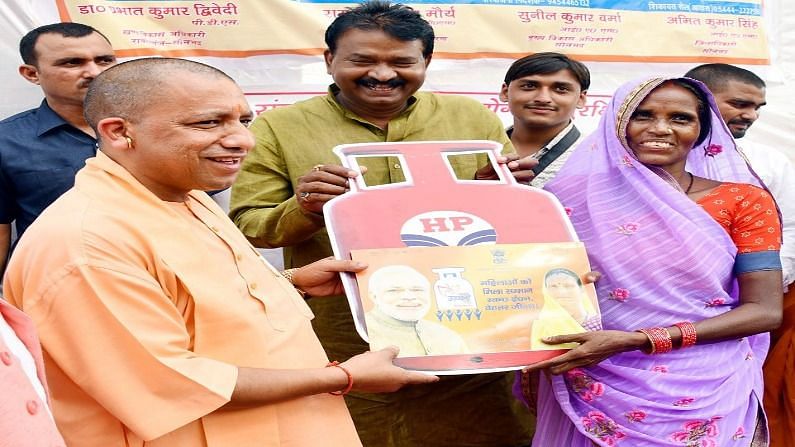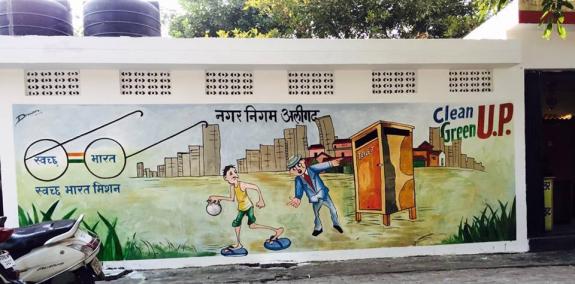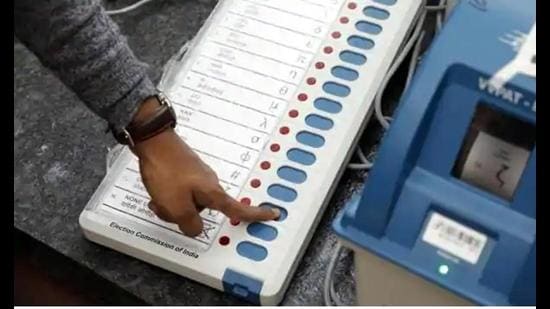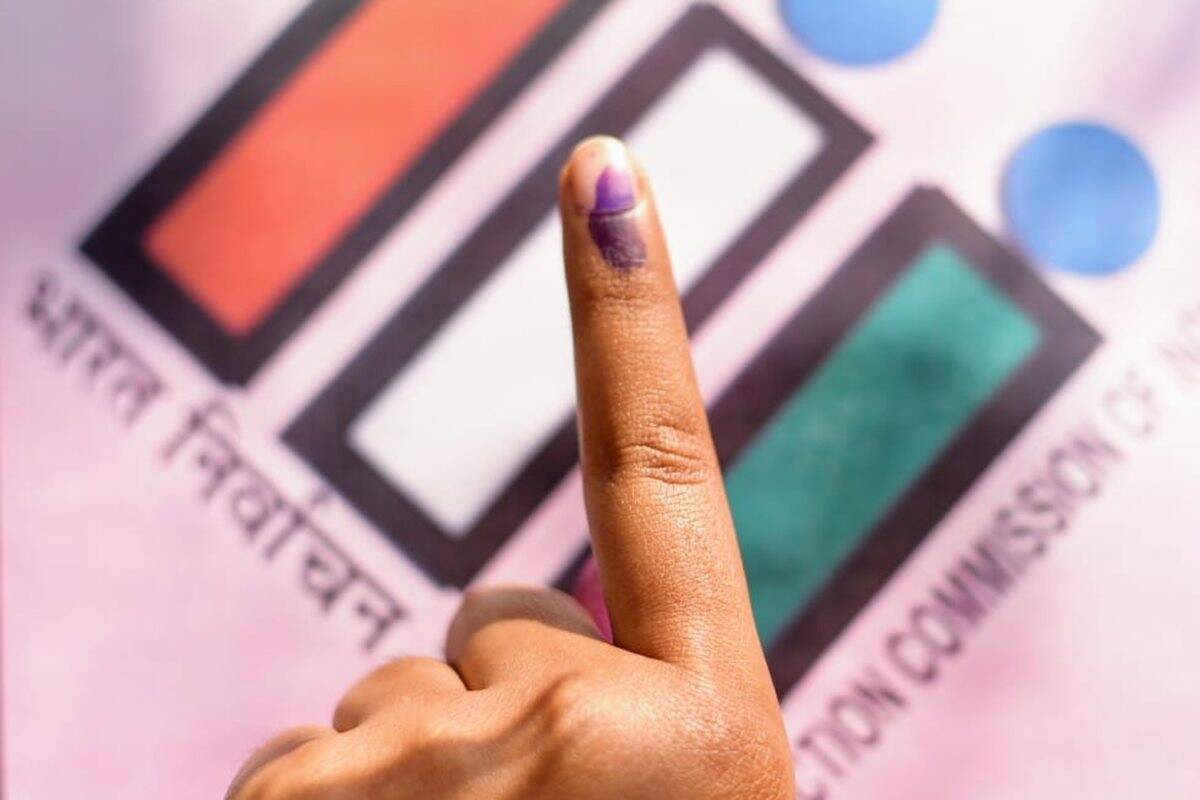In 2017, an unprecedented victory in the assembly elections brought the Bharatiya Janata Party to power in the state of Uttar Pradesh. Apart from BJP’s hardcore marketing endeavours and PM Modi’s seemingly affable image, many have also attributed this win to the host of welfare schemes, especially the ones targetted at women, introduced by the BJP such as the Pradhan Mantri Ujjwala Yojana and the Swachh Bharat Mission.
These past glories have been reincarnated for the upcoming UP assembly elections in 2022. Chief Minister Yogi Adityanath gloated about the 8 crore free LPG connections that were distributed under the Pradhan Mantri Ujjwala Yojana and the 1.47 crore families in UP that benefited from the scheme. Similar testimonies were given for other schemes as well. “Be it ‘Beti Bachao Beti Padhao’, ‘Matri Vandana’, ‘Janani Suraksha’, providing ‘izzat ghar’ under Swachh Bharat Mission, Ujjwala Yojana or Saubhagya Yojana, the UP government has successfully implemented these schemes of the Modi government in a time-bound manner,” he said.
Albeit the high praise bestowed by CM Yogi on the PMUY, an assessment of the situation on ground paints a different picture. The aim of the scheme, which was launched just a few months before the UP elections in 2017, was to replace biomass as cooking fuel with LPG and reduce the health risks that women face as a result of exposure to smoke as well as while collecting biomass.
However, IndiaSpend reported that while the government has been achieving its targets of providing free LPG connections to poor households, the purpose of the scheme to shift completely from biomass to LPG has not been fulfilled. While 90% of poor households have an LPG connection, LPG consumption rose by just 0.8% over two years to 2017.
This is because – while households now have access to LPG cylinders, they cannot afford to refill the cylinders everytime it gets exhausted. Thus, most households refrain from using LPG cylinders for all cooking and household tasks and often reserve it only for special occasions. 85% of PMUY beneficiaries surveyed in Bihar, Uttar Pradesh, Rajasthan and Madhya Pradesh in 2018 still use biomass fuel and cook on a chulha. “The paradox of a growing LPG customer base and slow consumption growth suggests fundamental issues at the heart of the scheme.”
Despite the inadequacy of the scheme, the government has launched a second phase of the scheme, Ujjwala 2.0, with a target of reaching 20 lakh families in Uttar Pradesh.

Similarly while the Swachh Bharat Mission has brought about considerable change in terms of increased awareness about hygiene and sanitation and increased use of toilets, its impact has not been as substantial as it is often claimed to be. Another on-ground investigation undertaken by IndiaSpend (2018) in three districts of UP found that the government has inflated the numbers of the open defecation-free (ODF) districts and have also sanctioned the construction of toilets that are unsustainable and of poor quality.

Several villages that were declared ODF actually had incomplete and dysfunctional toilets. These were referred to as ‘paper toilets’ because many of them only existed on paper. It was also often the case that villages were declared ODF even before targets for the number of toilets constructed were achieved. Once they were declared ODF, they would not receive any more funding for construction of the remaining toilets. Moreover, critics have pointed out that the scheme fails to understand that sanitisation is a flow problem and requires more of an on-going solution.
In addition to the existing schemes, the UP government also now launched the Banking Correspondent Sakhi initiative where female banking agents (sakhis) will conduct door-to-door visits and serve as the main link between female customers and the bank. Given the previous track record of poor implementation of schemes, it is hard to decipher the impact the scheme may have on the lives of women.
Lastly, the government also passed the controversial Population Bill 2021 that conforms to the myth of population explosion in India. The bill has been deemed problematic and can disproportionately affect women. The two-child policy is likely to increase sex-selective and unsafe abortions and also increase abandonment of wives and children by men. Experts claim that incentivisation of sterilisation by the bill is an attempt at controlling women’s fertility as opposed to improving women’s health and promoting women’s reproductive rights. It is also more likely to affect women from marginalised castes and classes.
Given the inadequacy of the schemes introduced so far, it is imperative to understand the extent to which welfare schemes affect voter behavior. Gauging the relationship between the two can be difficult in multi-level polities such as India’s. However, The National Election Studies has conducted routine, detailed inquiries on the extent and perceptions of social welfare schemes since 2009.

Their analysis found a weak connection between welfare benefits and vote for the ruling party. However, with an increase in voter awareness of social welfare schemes over the years, this connection was likely to get stronger. It was also found that the ruling party or their alliances generally gain electoral support from welfare scheme beneficiaries and that state-level ruling parties rather than the central ruling party were better able to appropriate this support. However, welfare schemes are not the defining factor for voters’ choices.
Rolling out welfare schemes and other forms of benefits for the socio-economically lower classes during election season is not a new tactic and is undertaken by all political parties. Given the dismal handling of the Covid-19 pandemic by the UP government, the popularity of the UP CM has taken a hit. Thus, it was only a matter of time before these new schemes were to be introduced. Only time can tell whether the perceived benefits of these schemes will outweigh the damage caused by the mishandling of the pandemic.
Written by- Yashaswi Shetty
Edited by- Sohini Roy




